Table of Contents
What happens if mt st. helen erupts today?
Photographer Robert Landsburg captured Mt. St. Helens' eruption on May 18, 1980. Facing certain death, he secured his film and used his body to protect it. His final images, later discovered intact, were published in National Geographic. pic.twitter.com/mTm4ZOZxBU
— Housing information (@usaHousingInfo) November 11, 2023
If Mount St. Helens erupts today, the impact will depend on the size and type of eruption. Even a moderate eruption could have significant consequences for the region.
Immediate Impacts:
Pyroclastic Flows:
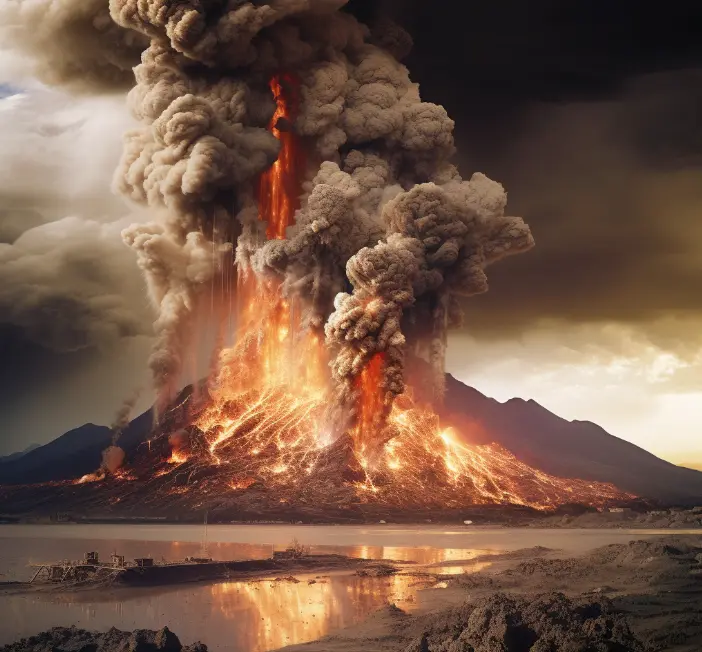
- These are fast-moving mixes of hot gas and rock, extremely destructive and can reach high temperatures.
- Speeds can be as fast as 700 kilometers per hour, destroying everything in their path.
Lahars:
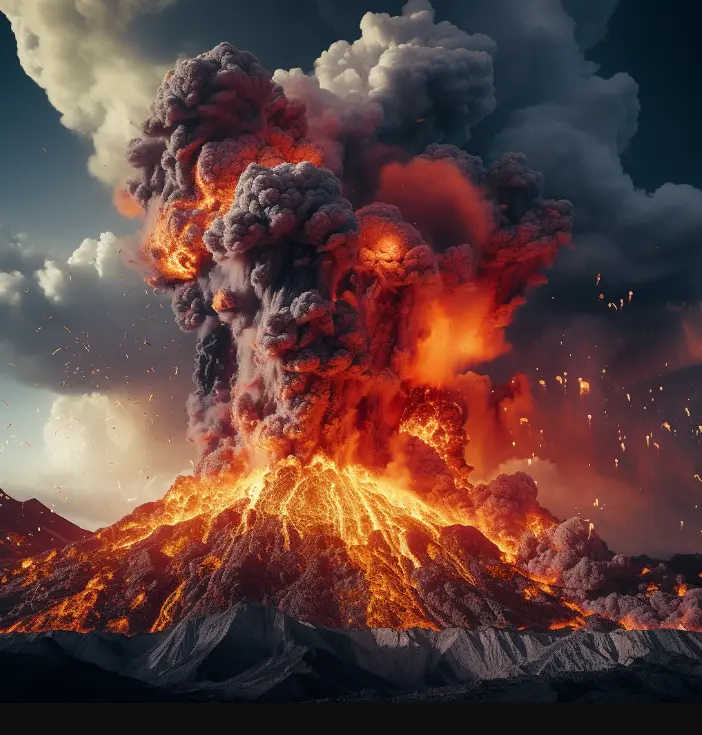
- Mudflows caused by volcanic ash mixing with water.
- Can travel long distances down river valleys, causing substantial destruction.
Ashfall:
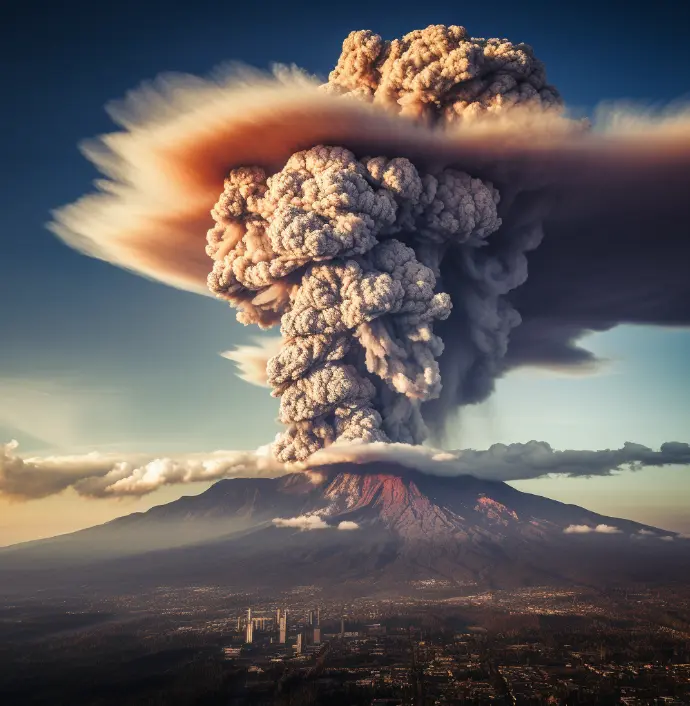
- Hazardous fallout of volcanic ash with various consequences.
- Damages crops, contaminates water, causes respiratory problems, disrupts transportation, and communication.
Long-Term Impacts:
Economic Damage:
- Eruptions can result in billions of dollars in damages to infrastructure, property, and crops.
- Disruption to tourism and other economic activities.
Environmental Damage:
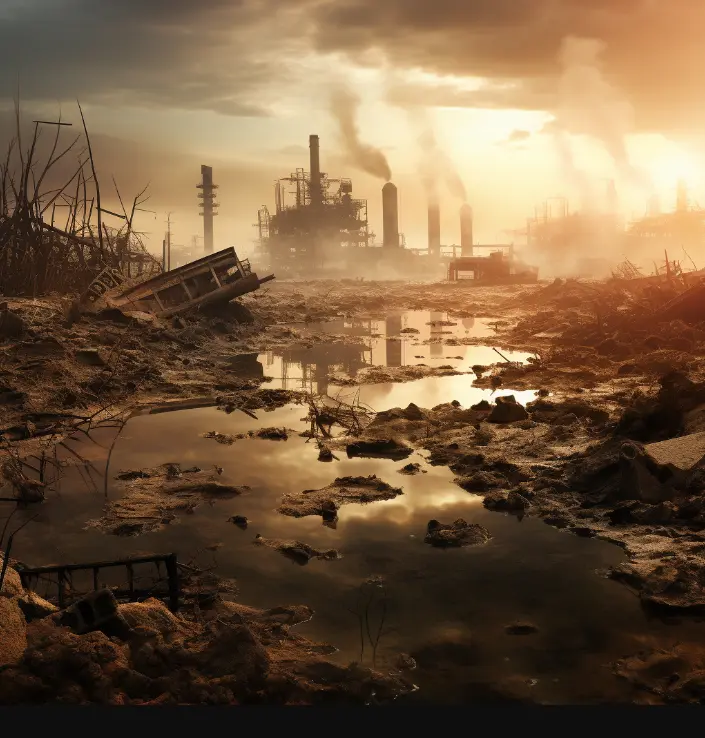
- Pollutes air and water, damages forests, and ecosystems.
- Ash settling on glaciers and ice caps can accelerate melting.
Health Impacts:
- Respiratory problems, irritation to eyes and skin.
- Lahars can contaminate water, spreading diseases.
Preparation Measures:
Hazard Maps:
- Created by the US Geological Survey (USGS) to identify risk areas.
- Helps communities develop evacuation plans and prepare for potential impacts.
Early Warning Systems:
- USGS has a network of early warning systems to monitor volcanic activity.
- Provides communities with early notice of impending eruptions for timely evacuation.
Public Education:
- USGS and other organizations educate the public about volcanic risks.
- Information includes evacuation plans, emergency supplies, and preparedness measures.
Personal Preparedness:
Awareness:
- Be aware of the risks and have a plan in place.
Emergency Alerts:
- Sign up for emergency alerts from the USGS and local government.
Evacuation Plan:
- Have an evacuation plan ready.
Emergency Kit:
- Prepare an emergency kit with food, water, and essential supplies.
Living near Mount St. Helens requires vigilance and readiness, and staying informed through official channels is crucial for a timely and safe response in case of an eruption.
Description of the 1980 eruption of Mt. St. Helens
Mount St. Helens erupts in 1980.
— Fascinating (@fasc1nate) November 8, 2023
Steve Firth, a friend of the man who took this photo had the following to say:
“…That Pinto and dirt bike belonged to a good friend of mine and when he stopped to turn around, he took this picture.
He told me that there was lightning… pic.twitter.com/lrDaHw0X87
The events surrounding the eruption of Mount St. Helens on March 27, 1980, were historic and had far-reaching consequences.
First, there were small explosions, and then on May 18, 1980, a really huge explosion occurred at 8:32 in the morning. This eruption was a very powerful event, with a score of 5 on the scale used to measure volcano explosions. It was the most significant eruption in the United States since a smaller one in 1915.
Because of this eruption, the top part of Mount St. Helens, about 400 meters, disappeared, leaving a horseshoe-shaped hole at the top. The explosion also sent out a powerful sideways blast, moving at incredibly fast speeds and destroying everything in its path.
This eruption was not only dangerous but also caused a lot of damage to homes and buildings. Unfortunately, 57 people lost their lives.
The ash from the explosion traveled a really long distance—up to 2,200 kilometers—and it caused a lot of problems for airplanes, disrupting air travel.
But, in the 40 years that followed, something interesting happened. The area around Mount St. Helens changed a lot. Plants and animals started coming back, and new ecosystems developed on the mountain slopes. This shows how nature can recover and create new things, even after a big disaster.
Lessons learned from 1980 Eruption of Mt. St. Helens
The 1980 eruption of Mount St. Helens was a devastating event that taught us important lessons about volcanic eruptions. Here’s what we’ve learned and how we’ve improved since then:
Early Warning Systems:
- Early warning systems are crucial. Mount St. Helens showed that warning signs, like earthquakes and gas emissions, precede eruptions.
- Lack of a comprehensive early warning system caught many people off guard.
Triggers and Complexity:
- Volcanic eruptions can be triggered by other events, like landslides, making them more complex and unpredictable than thought before.
Diverse Impacts:
- Volcanic eruptions can have various impacts, from damaging pyroclastic flows, lahars, and ashfall to causing flooding.
- Significant effects on the environment and the regional economy were observed.
Preparedness is Key:
- Being prepared for volcanic eruptions, even if rare, is essential.
- This includes developing evacuation plans, stockpiling emergency supplies, and staying informed about potential risks.
Improvements Since 1980:
Comprehensive Early Warning System:
- The US Geological Survey (USGS) has developed a robust early warning system for volcanic eruptions in the United States.
- Monitors volcanic activity and provides early notice of impending eruptions.
Better Understanding of Hazards:
- Scientists have improved their understanding of volcanic hazards and risk assessment.
- This information is used to create hazard maps and evacuation plans.
Community Preparedness:
- Communities have developed preparedness plans for volcanic eruptions.
- Plans include evacuation routes, emergency shelters, and communication systems.
Increased Public Awareness:
- Public awareness of volcanic hazards has increased.
- Lessons from Mount St. Helens and other eruptions worldwide have contributed to this awareness.
The tragic eruption of Mount St. Helens prompted significant advancements in volcanic monitoring, hazard assessment, and community preparedness. These improvements mean we are now better equipped to face future eruptions and, most importantly, to save lives.
Conclusion
If Mount St. Helens erupts today, it could have a devastating impact on the surrounding region. Pyroclastic flows, lahars, and ashfall could all cause significant damage to property and infrastructure, and could also pose a serious threat to human life. The long-term impacts of an eruption could also be significant, including economic damage, environmental damage, and health impacts.
However, we are better prepared for a volcanic eruption today than we were in 1980, thanks to advances in volcanology and emergency planning. The USGS has developed comprehensive early warning systems and hazard maps, and communities have developed evacuation plans and other preparedness measures. By being aware of the risks and having a plan in place, we can minimize the loss of life and property in the event of an eruption.
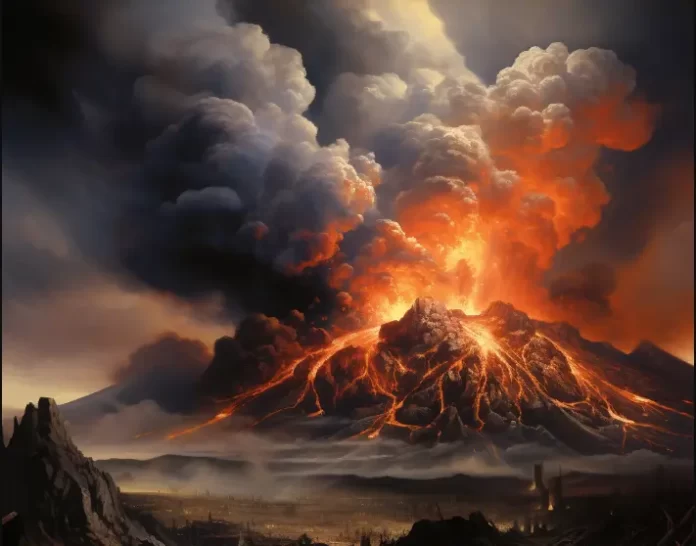
Can you be more specific about the content of your article? After reading it, I still have some doubts. Hope you can help me.